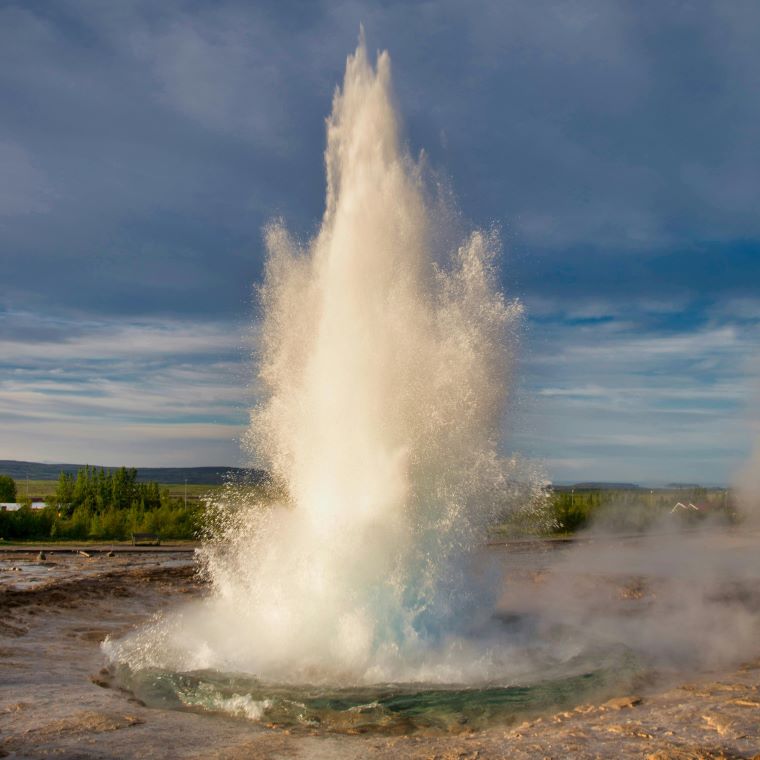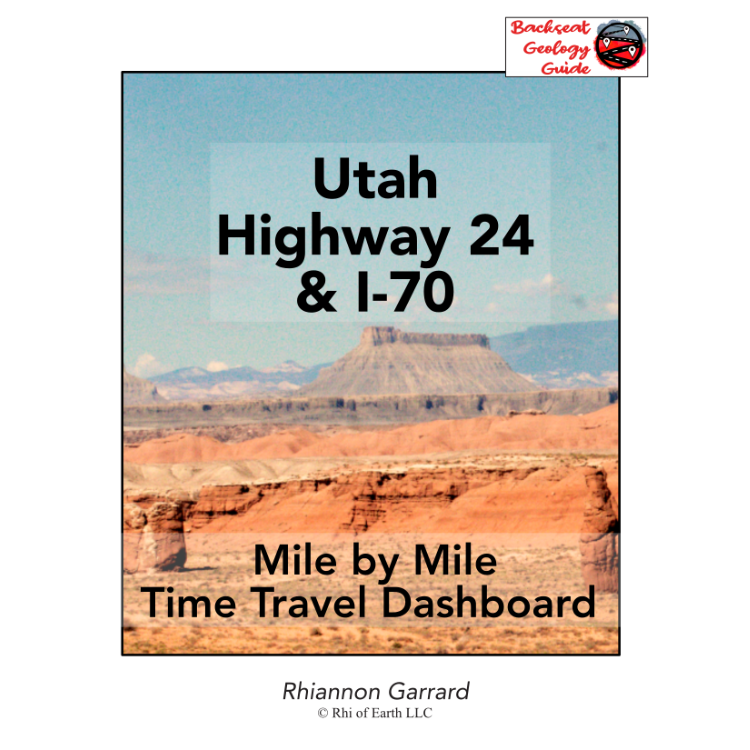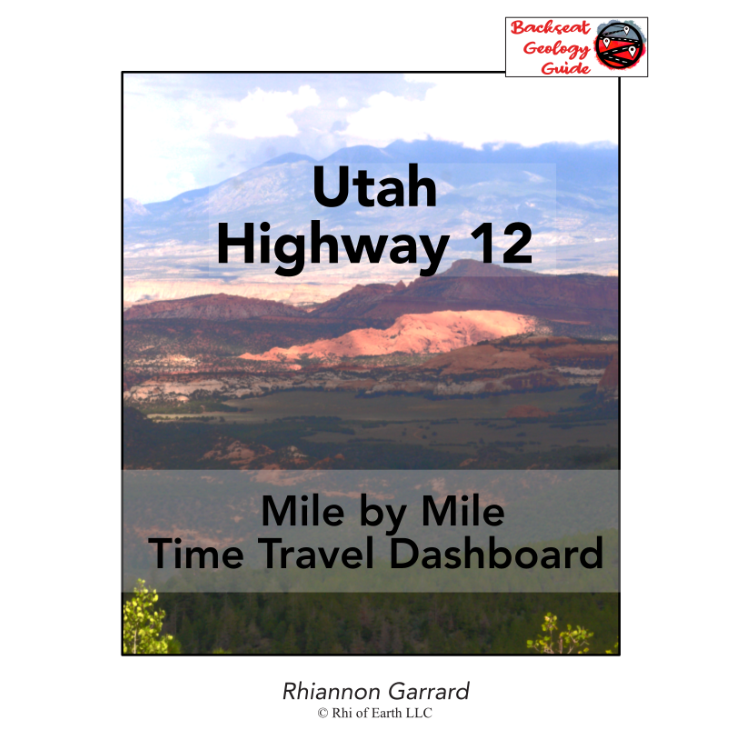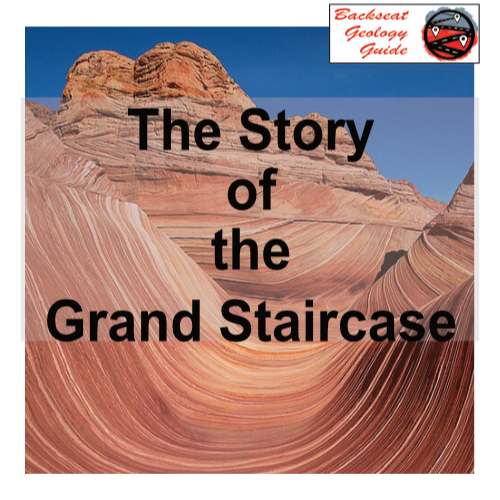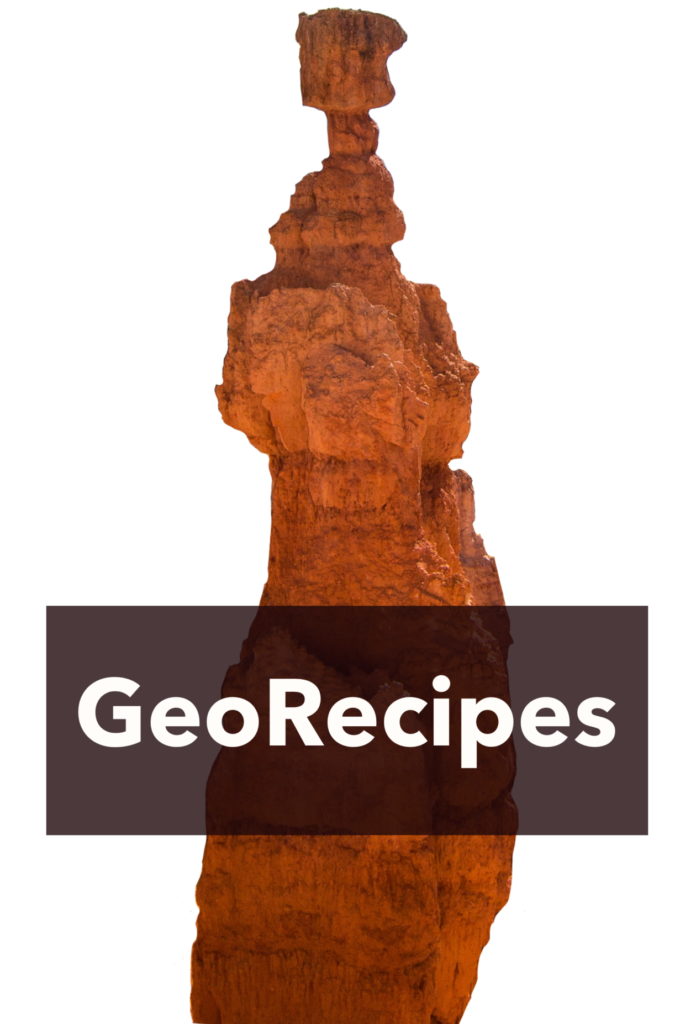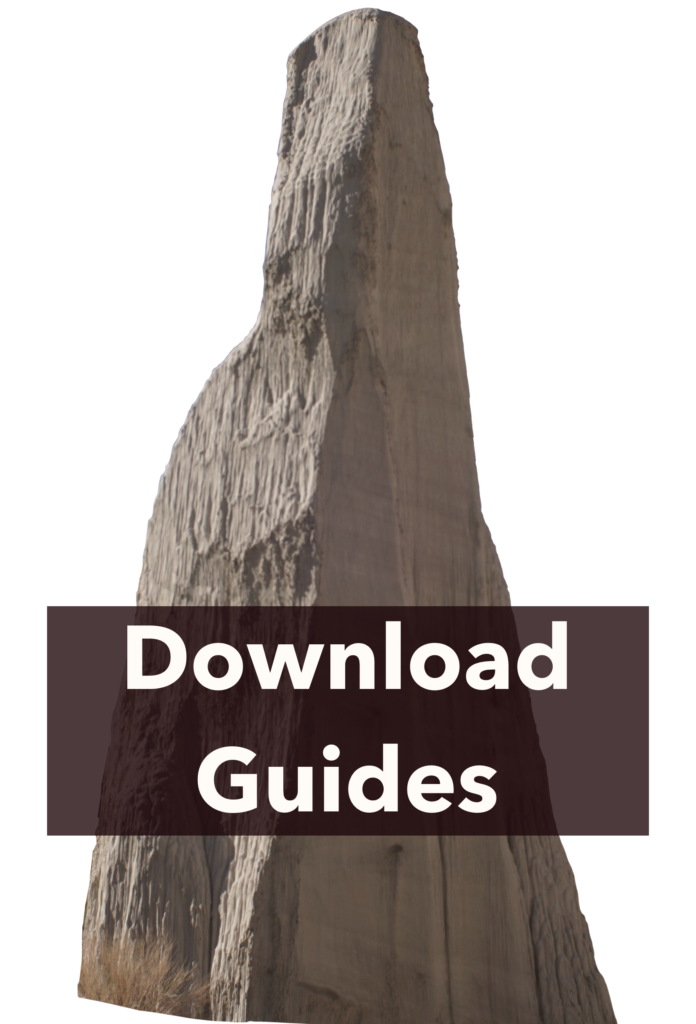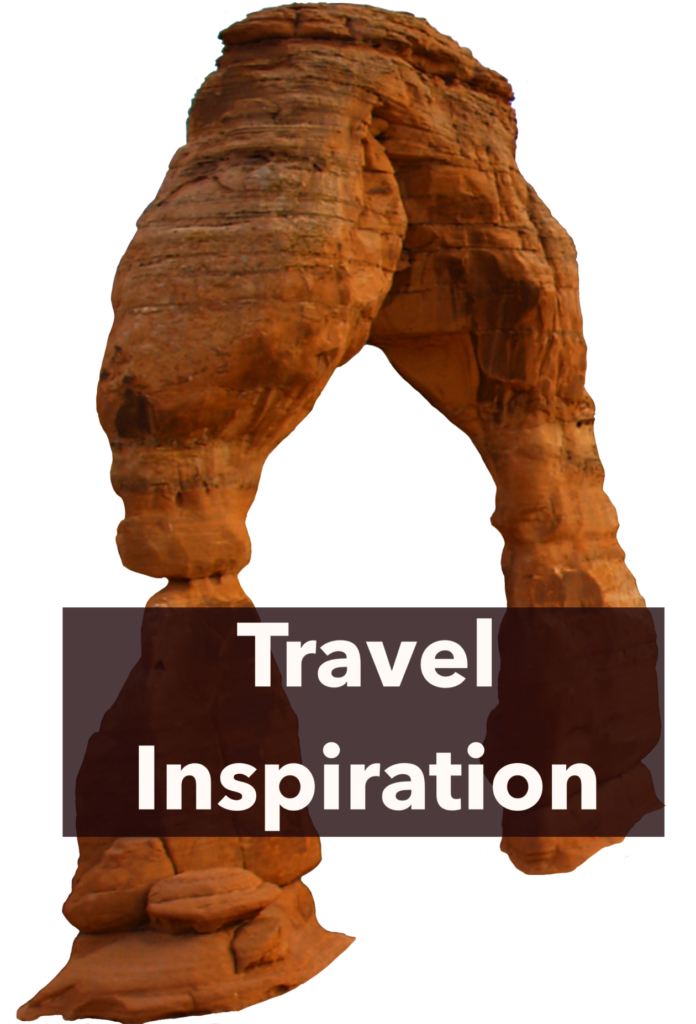This recipe is all about the intriguing phenomenon that is elephant skin weathering. When sandstone weathers this way it forms a striking texture perhaps most famously seen at Checkerboard Mesa in Zion National Park. Imagine a freshly baked loaf of bread that, after rising in a warm, moist oven, is suddenly exposed to the dry, cooler air. As it cools, the crust develops a beautiful, crackled texture. Similarly, elephant skin weathering forms when sandstone, originally compacted under high pressure underground, is exposed to lower pressure air at the surface. This shift creates tension between the sand grains, causing them to pull apart and form the distinctive, wrinkled patterns. Explore the process for creating this remarkable geological texture, where the pressures and exposures create nature’s own version of a well-cracked crust, in the “recipe” below. Get ready to uncover the artistry of erosion and tension that shapes these unique sandstone formations!
Elephant Skin Weathering (Sandstone Style)
Temperature
Ambient
Pressure
~100kPa to 10,000kPa
Size
Cms deep, meters across
Time
unmeasured
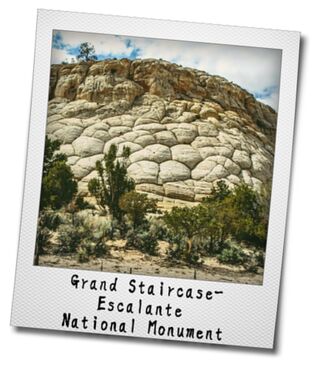
Directions
Step 1
Start with dunes, bury them several meters by covering with additional sand, clay, or volcanic ash
Step 2
Use groundwater to fill the buried dunes with water
Step 3
Shake the earth with an earth shaker such as an earthquake, meteor, or heavy rain until portions of the wet buried dunes lose their dune structure and become a mixed mass of wet sand
Step 4
Once the shaking has stopped continue to bury the sand to a depth of a kilometer or more (10,000+ kPa pressure)
Stop 5
Use the water in the sand to cement them into a sandstone
Step 6
Uncover the sandstone and bring to the surface
Step 4
Fill the pores between the sand grains in the sandstone with air from the atmosphere
Step 5
Wait while the low pressure of the air pushes on the pores, stretching them with tension
-Cracks will begin to form on the outer few centimeters of the sandstone that was penetrated by the air
-The cracks form hexagons, resembling elephant skin, a shape that minimizes tension
Materials
- Wind blown dunes made with small sand grains of similar size and shape
- Groundwater
Tools
- additional sand, clay, or volcanic ash
- Earth Shaker
- Air from the Atmosphere



